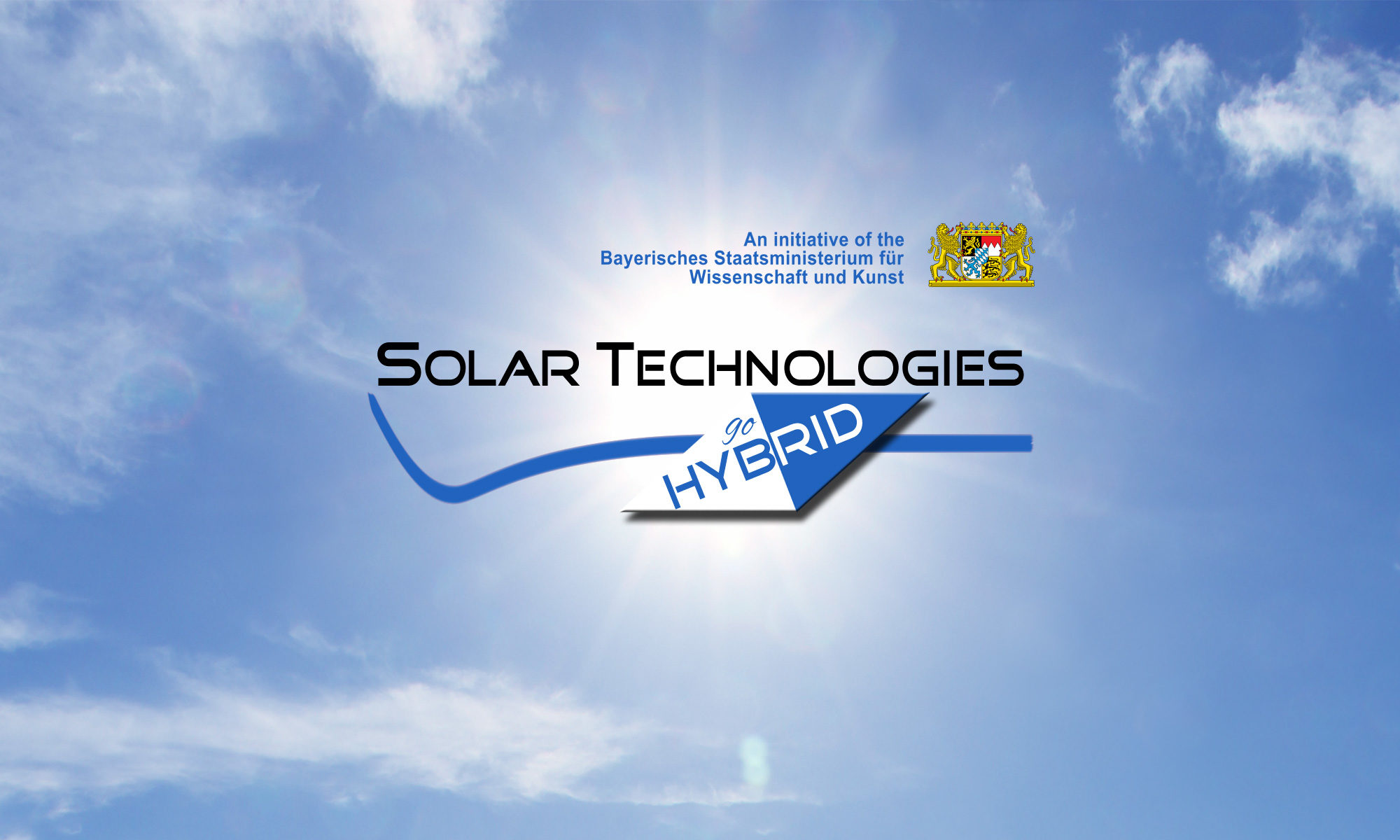Search references:
Bao, Yaqi; Li, Maoxin; Jin, Hangfan; Wang, Xiaobo; Zeng, Jie; Feng, Yang; Hui, Wei; Wang, Dourong; Gu, Lei; Zhang, Jie; Hua, Yikun; Wang, Xiao; Xu, Baomin; Chen, Wei; Wu, Zhongbin; Müller-Buschbaum, Peter; Song, Lin
Directional Charge Carrier Management Enabled by Orderly Arranged Perovskite Heterodomain with Defined Size for Self-Powered Photodetectors Journal Article
In: Advanced Functional Materials, 2024, ISSN: 1616301X, (Cited by: 0).
@article{Bao2024,
title = {Directional Charge Carrier Management Enabled by Orderly Arranged Perovskite Heterodomain with Defined Size for Self-Powered Photodetectors},
author = {Yaqi Bao and Maoxin Li and Hangfan Jin and Xiaobo Wang and Jie Zeng and Yang Feng and Wei Hui and Dourong Wang and Lei Gu and Jie Zhang and Yikun Hua and Xiao Wang and Baomin Xu and Wei Chen and Zhongbin Wu and Peter Müller-Buschbaum and Lin Song},
url = {https://www.scopus.com/inward/record.uri?eid=2-s2.0-85193513101&doi=10.1002%2fadfm.202404697&partnerID=40&md5=ca0b9b978a85c5dcf11002f1f93411f6},
doi = {10.1002/adfm.202404697},
issn = {1616301X},
year = {2024},
date = {2024-01-01},
journal = {Advanced Functional Materials},
publisher = {John Wiley and Sons Inc},
abstract = {Perovskite planar heterojunction is reported to promote charge-carrier separation at the interface due to the introduced built-in potential, leading to improved charge-carrier harvesting. However, the possible diffusion of charge carriers along the film lateral will increase their travel distance to respective electrodes, resulting in increased recombination probabilities. Constructing independent transport channels for positive and negative charge carriers individually is an efficient way to optimize the transport in the perovskite layer and thereby to achieve enhanced device performance. Here, a solution-based strategy is proposed to fabricate lateral bulk heterojunction (BHJ) by arranging methylammonium-based and formamidinium-based perovskites alternately in an ordered array with controllable domains. The structure of perovskite heterodomain directs charge carrier transport along the film normal and limits in-plane charge carrier diffusion. Moreover, the ordered perovskite array is found to greatly increase light harvesting. Consequently, the self-powered photodetector based on the perovskite heterodomain with a thickness of only 250 nm achieves a specific detectivity exceeding 1 × 1014 Jones for weak light over the whole visible light spectrum. This work provides guidance toward the fabrication of perovskite lateral BHJ using solution processing, meeting the requirements not only for charge-carrier manipulation but also for light management. © 2024 Wiley-VCH GmbH.},
note = {Cited by: 0},
keywords = {},
pubstate = {published},
tppubtype = {article}
}
References (last update: Sept. 23, 2024):
2024
Bao, Yaqi; Li, Maoxin; Jin, Hangfan; Wang, Xiaobo; Zeng, Jie; Feng, Yang; Hui, Wei; Wang, Dourong; Gu, Lei; Zhang, Jie; Hua, Yikun; Wang, Xiao; Xu, Baomin; Chen, Wei; Wu, Zhongbin; Müller-Buschbaum, Peter; Song, Lin
Directional Charge Carrier Management Enabled by Orderly Arranged Perovskite Heterodomain with Defined Size for Self-Powered Photodetectors Journal Article
In: Advanced Functional Materials, 2024, ISSN: 1616301X, (Cited by: 0).
Abstract | Links | BibTeX | Tags: Carrier transport; Heterojunctions; Photodetectors; Photons; Built-in-potential; Bulk heterojunction; Carrier separation; Charge carrier transport channel; Charge carriers transport; Heterodomain; Self-powered; Self-powered photodetector; Transport channel; Travel distance; Perovskite
@article{Bao2024,
title = {Directional Charge Carrier Management Enabled by Orderly Arranged Perovskite Heterodomain with Defined Size for Self-Powered Photodetectors},
author = {Yaqi Bao and Maoxin Li and Hangfan Jin and Xiaobo Wang and Jie Zeng and Yang Feng and Wei Hui and Dourong Wang and Lei Gu and Jie Zhang and Yikun Hua and Xiao Wang and Baomin Xu and Wei Chen and Zhongbin Wu and Peter Müller-Buschbaum and Lin Song},
url = {https://www.scopus.com/inward/record.uri?eid=2-s2.0-85193513101&doi=10.1002%2fadfm.202404697&partnerID=40&md5=ca0b9b978a85c5dcf11002f1f93411f6},
doi = {10.1002/adfm.202404697},
issn = {1616301X},
year = {2024},
date = {2024-01-01},
journal = {Advanced Functional Materials},
publisher = {John Wiley and Sons Inc},
abstract = {Perovskite planar heterojunction is reported to promote charge-carrier separation at the interface due to the introduced built-in potential, leading to improved charge-carrier harvesting. However, the possible diffusion of charge carriers along the film lateral will increase their travel distance to respective electrodes, resulting in increased recombination probabilities. Constructing independent transport channels for positive and negative charge carriers individually is an efficient way to optimize the transport in the perovskite layer and thereby to achieve enhanced device performance. Here, a solution-based strategy is proposed to fabricate lateral bulk heterojunction (BHJ) by arranging methylammonium-based and formamidinium-based perovskites alternately in an ordered array with controllable domains. The structure of perovskite heterodomain directs charge carrier transport along the film normal and limits in-plane charge carrier diffusion. Moreover, the ordered perovskite array is found to greatly increase light harvesting. Consequently, the self-powered photodetector based on the perovskite heterodomain with a thickness of only 250 nm achieves a specific detectivity exceeding 1 × 1014 Jones for weak light over the whole visible light spectrum. This work provides guidance toward the fabrication of perovskite lateral BHJ using solution processing, meeting the requirements not only for charge-carrier manipulation but also for light management. © 2024 Wiley-VCH GmbH.},
note = {Cited by: 0},
keywords = {Carrier transport; Heterojunctions; Photodetectors; Photons; Built-in-potential; Bulk heterojunction; Carrier separation; Charge carrier transport channel; Charge carriers transport; Heterodomain; Self-powered; Self-powered photodetector; Transport channel; Travel distance; Perovskite},
pubstate = {published},
tppubtype = {article}
}
